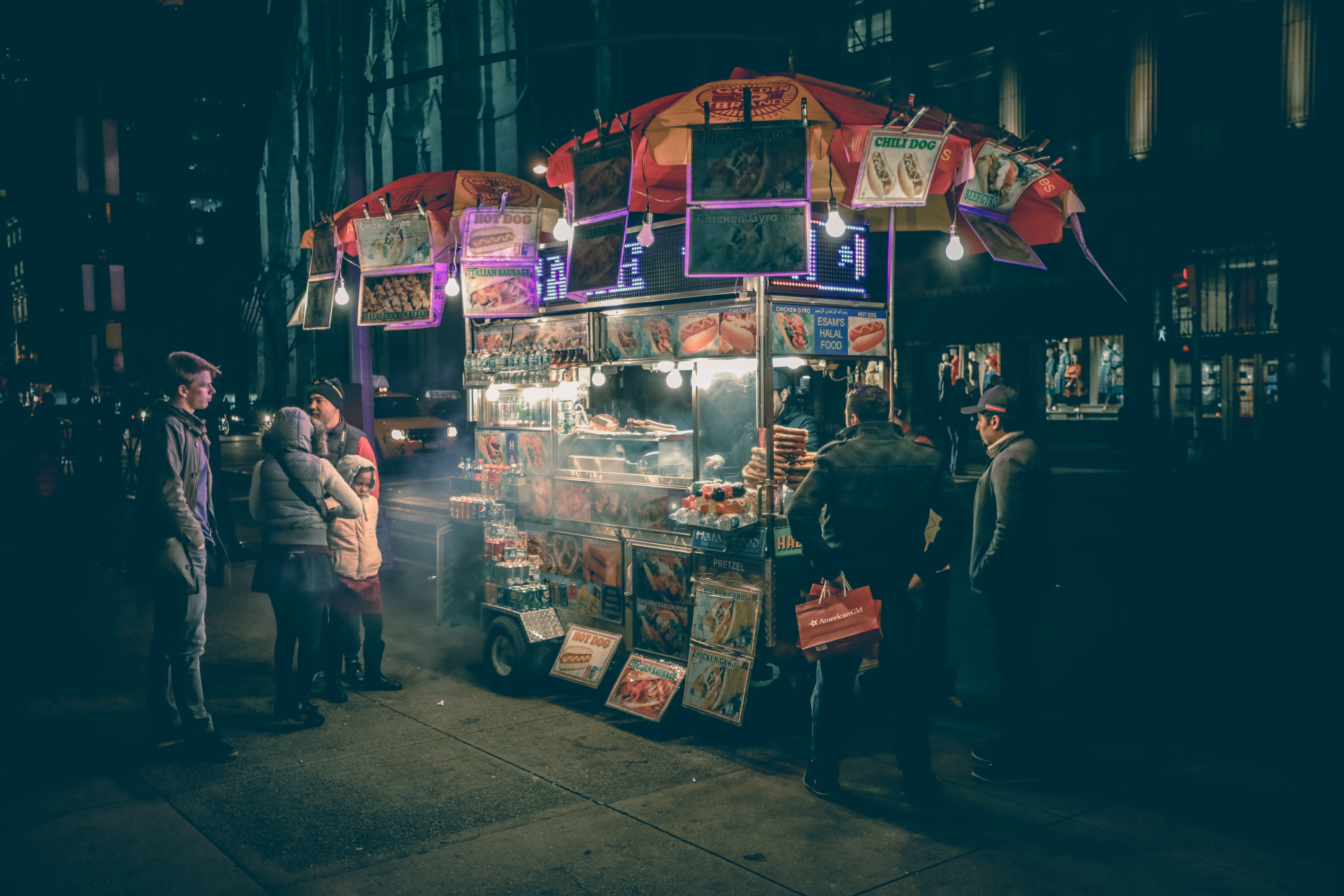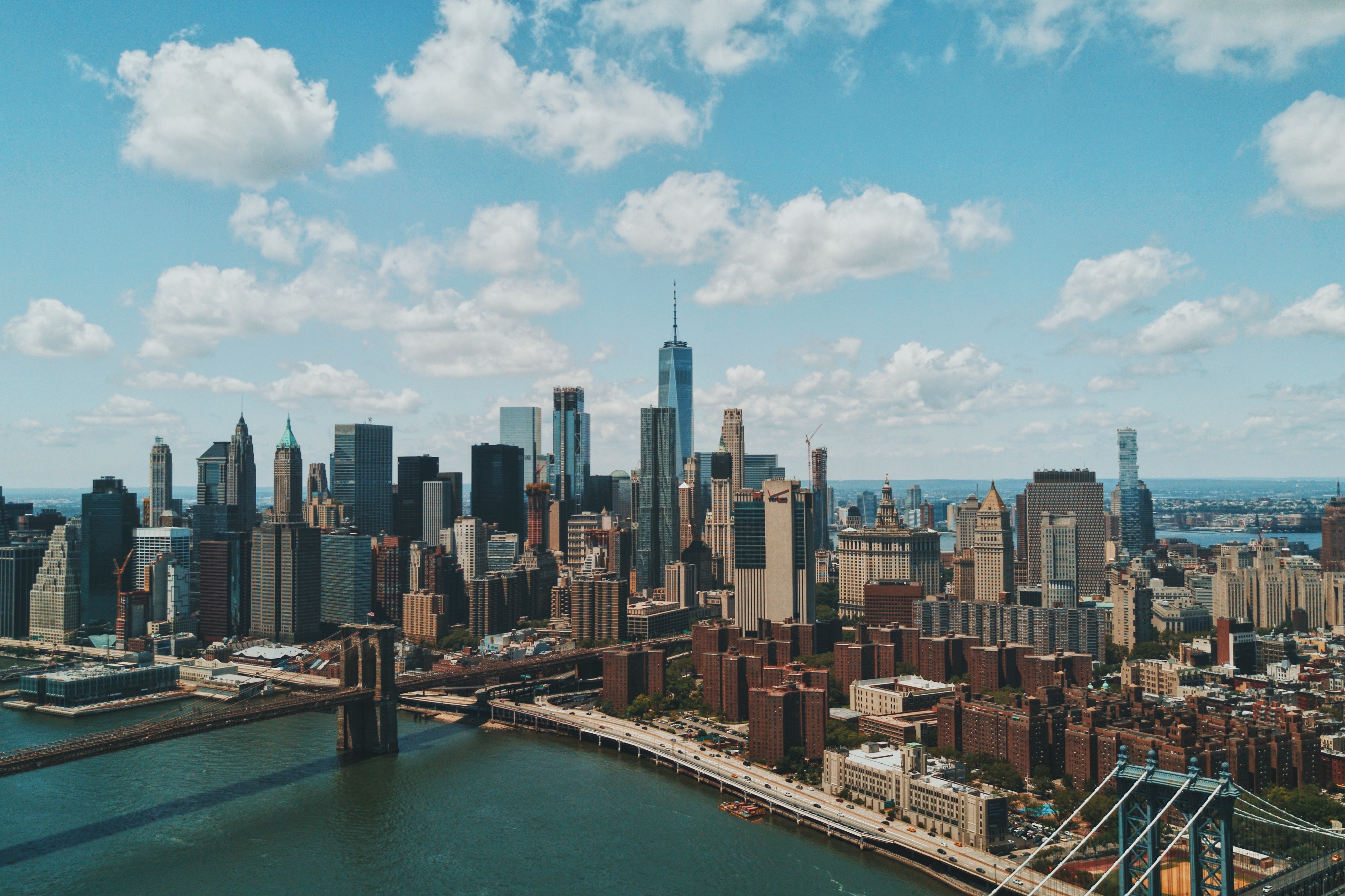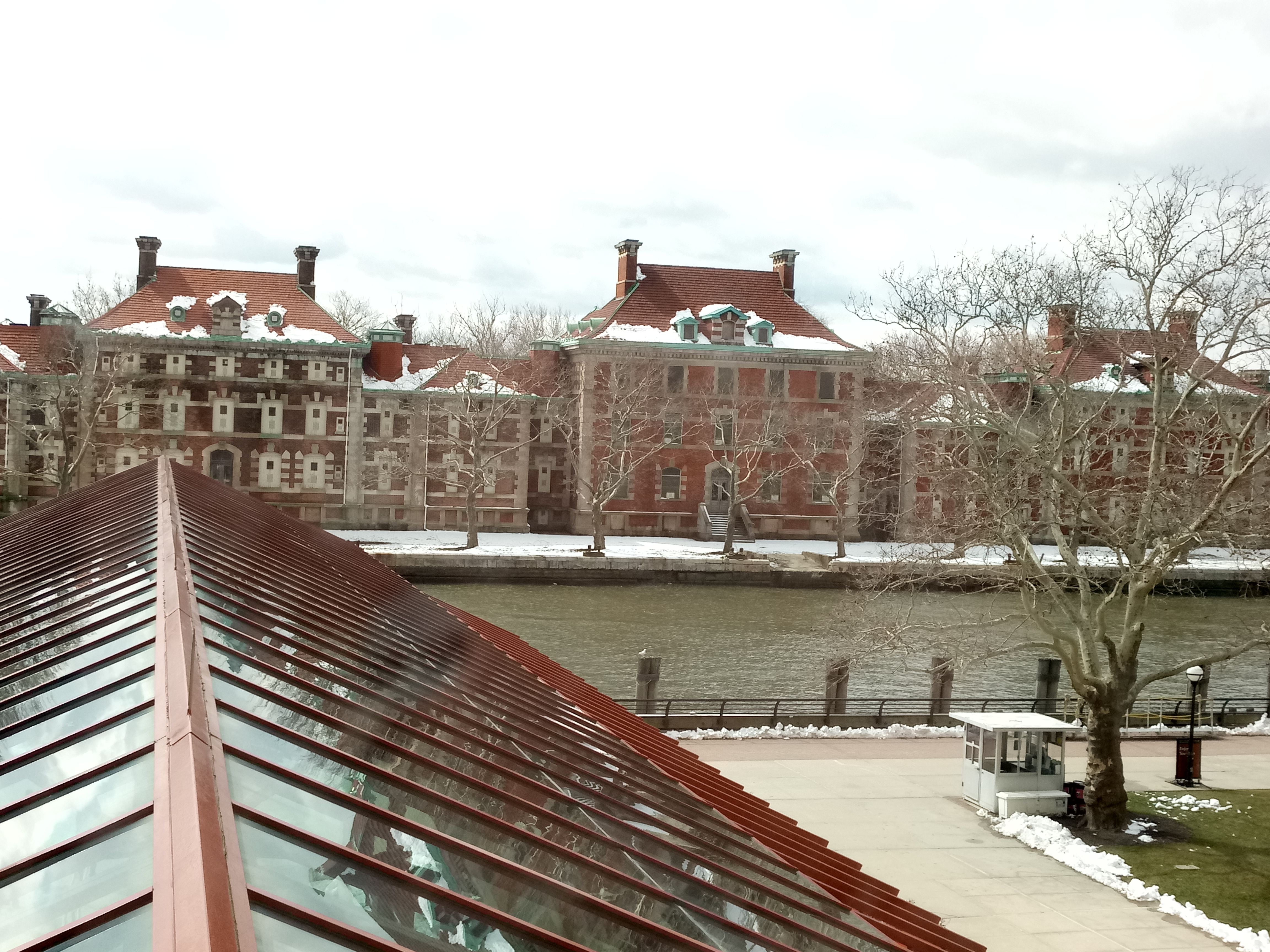Nicemode Charles
2/8/2018
{Author’s note; In this essay we were asked to incoporate the work of three different artists in New York and how their work reflects on “the street as a site of conflict and negotiation”}
Jordan Casteel uses photography as a way of interacting with people in the street. She asks subjects to take photos of them and goes back to her gallery to paint them. In the process she pays more attention to them and the details surrounding their environment. I think this is a very interesting and engaging thing to do, bringing the reality of people’s everyday activities in the street and portraying it in the form of art. This is a clear depiction of how art can be used as a form of expression as her way not only has real subjects but the subjects also feel very important and included when they are painted. In the class discussions we saw how people her subjects were more than happy to stand beside their portraits. This is a clear evidence that the artist not only portrayed the reality of what is going on in the streets but she was also not biased about it. In my perspective, I think having a portrait of yourself up in an expensive gallery is a luxury for most people but Jordan Casteel gives everyone a chance to create a memory of them. In this way she is able to focus on what is going on in the streets when she is painting her subjects by studying the environment around them. For example, in the video we saw in class we saw how she talked about never noticing the melanin shirt beside one of her subject she painted. She only noticed it in her gallery when she was painting him including the shirt that says “Thug, The Hate You Gave Us”. This connects to how the street can be a place of negotiation and conflicts because first, Jordan Casteel, asks her subjects to take photos of them and asks them to paint them. We see conflicts portrayed through her subjects, in this case her subject is trying to say that not all people of color that live off the streets are thugs, some just try to make and earn a honest living to support themselves. This problem can also go deeper to the black lives movement to fight against racism and injustices towards people of color in the United States. This way through her subjects Jordan Casteel is not only able to send a message in the society but the portraits could also be inspiration to activists who are fighting for equal rights towards people of color. Therefore, through her art in this case Jordan Casteel is able to show different conflicts in her community like racism and social injustice but she is also able to engage with people from low income communities and preserve their memories through her art. I think that this way not only make people curious to know more about Casteel’s subjects but a diverse group of people from different background can connect to this artwork.
Ai Wei Wei had a huge exhibition in many sites in New York City titled “Good Fences Make Good Neighbors”. This exhibition portrays the challenges and barriers immigrants go through to escape conflicts at home and look for a safe haven for them and their families. The conflicts could be due to political instability, social injustices or due to civil war. The most important thing that I noticed in our discussions in class is that Ai Wei Wei appeals to his audience emotions by setting up monuments, statues and cages or fences were people can go through and actually experience being behind fences and cages. I think the whole idea of fences make people in the streets of New York city have that feeling of fear when they walk through them. This is to make them understand what thousands of immigrants go through having lost everything, being full of fear and insecurity not knowing what their future will be like or if they will ever be safe again. There is no direct negotiations between Ai Wei Wei and people in the street compared to Jordan Casteel’s way of work but his art seeks the attention of many people walking. In this way he is able to engage indirectly with people. When the audience walks through the cages and fences they develop empathy towards the immigrants as they develop nearly the same feelings of fear that immigrants go through. This moves them towards fighting the injustice that happens in the society that causes the wars and conflicts to happen in the first place. Through his art Ai Wei is able to share his experience with people in the streets about his life as an immigrant including the obstacles and life-threatening situations he had to conquer. As an activist that stands up and speaks up standing up for people that cannot fight for the rights of many people who face injustices in different countries but are forced to be quite by the government, Ai Wei engages a large audience through his work. In my perspective, I think that the fences and monuments that he put in place in New York is more powerful in appealing to people’s emotion. For example, seeing a photo of people in the internet enclosed in fences will make me feel sorry and sad for them but me being in the same fences and cages creates fear and the uncertainty that these people go through. Hence, Ai Wei Wei succeeds in using his art to raise awareness of how war and conflicts in many countries cost many people’s lives and forces people to be immigrants to countries they do not even know or dreamt of being in them. This could evoke the need for the community to step in and persuade different governments to resort to peace instead of conflicts in order to save the welfare of thousands of people.
Kara Walker was able to incorporate her research about the history of sugar and how black men and women were involved in the production process. In her video she speaks of how her biggest monument which was a woman was sitting in a vulnerable position shows how women were slaves were most of the times sexualized by being stripped of their rights to choose. This engages the audience to know about the history of black women and men in the United States and the role they played in the sugar plantation industry. For me, the monuments are a way of appreciation people who suffered in the past during slavery especially those who were forced to work in the farms with less pay, poor working environment and being tormented when they tried to rebel. The monuments are a way that Kara Walker reminds the society today that it needs to be aware of the history of African Americans and the role they played in the sugar plantation. This includes learning about the different challenges they faced and the path they took to liberate themselves from slavery. Her art therefore engages the audience to think of what African American women went through during slavery and the role they played in the revolution. I think that Kara Walker’s art offers a little bit of negotiation as people can go back in history and discuss about how women were treated in the past and how they fought to be free and have their own rights. The main conflict that Kara Walker portrays is slavery in the colonial times.


